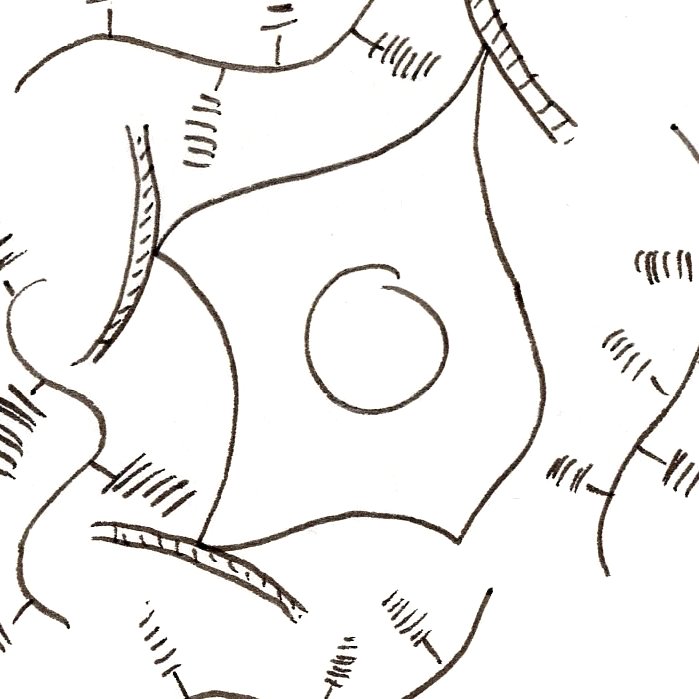The Scrimgeour Lab @ Clarkson
Functional Soft Materials and Biophysics

Our research in microscopy focuses on the application of localization techniques, including super resolution microscopy and single particle tracking, to probe the mechanics of soft materials and biological systems. We are actively involved in optical and mechanical microscope design along with algorithm design for image analysis and data processing. Localization techniques are of particular interest as they allow the interrogation of (1) biological structure at the nanometer scale, well below what can be acheived using conventional optical microscopy, and (2) the dynamics of biological systems at the molecular level. This information can provide a unique window into the interactions and mechanics that underpin the behaviour of biological systems.

Soft materials are a major component of biological microenvironments and their properties play a significant role in defining cellular behaviour. Our current focus in this area is on a polymer brush called the pericellular coat that forms on the surface of living cells. This brush affects many of the physical processes and interactions that occur at the surface of cells and tissue, but it has been a challenge to study due to its incredibly low density and high levels of hydration. We are developing new single molecule approaches to study the structure and physical properties of the cell coat and probe its effects on biological function.

Many decisions in biological systems are made in response to interactions that occur at soft surfaces. This is particularly true in the immune system as immune cells interrogate the surfaces they encounter to determine their health and whether they belong to friend or foe. Many tissues in the body actively signal to the immune system when they are in distress, promoting inflammatory responses. While this is usually to the benefit of healthly tissue function, errors in this process can lead to debilitating chronic inflammatory conditions such as arthritis. Our work in this area aims to illuminate the biophysical aspects of inflammatory responses with the goal of enhancing our ability to engineer immune system responses for applications in tissue engineering and regenerative medicine.